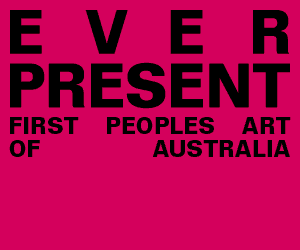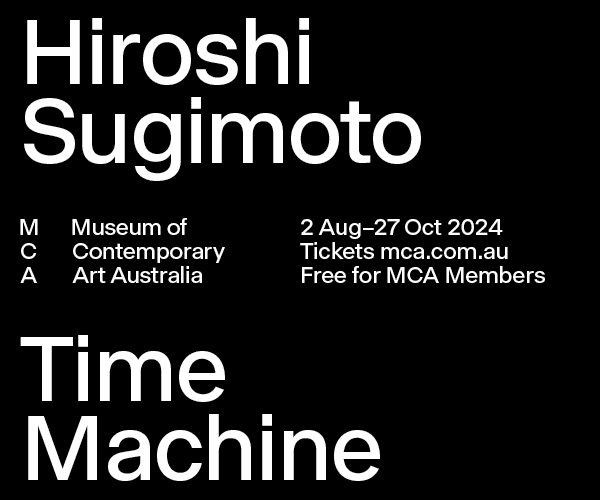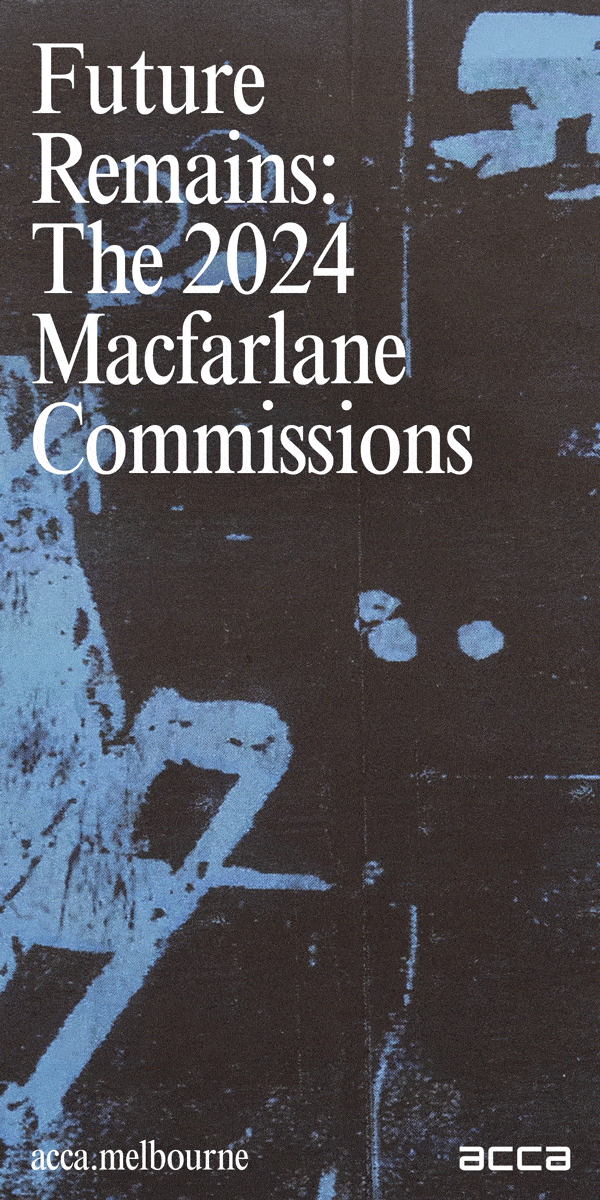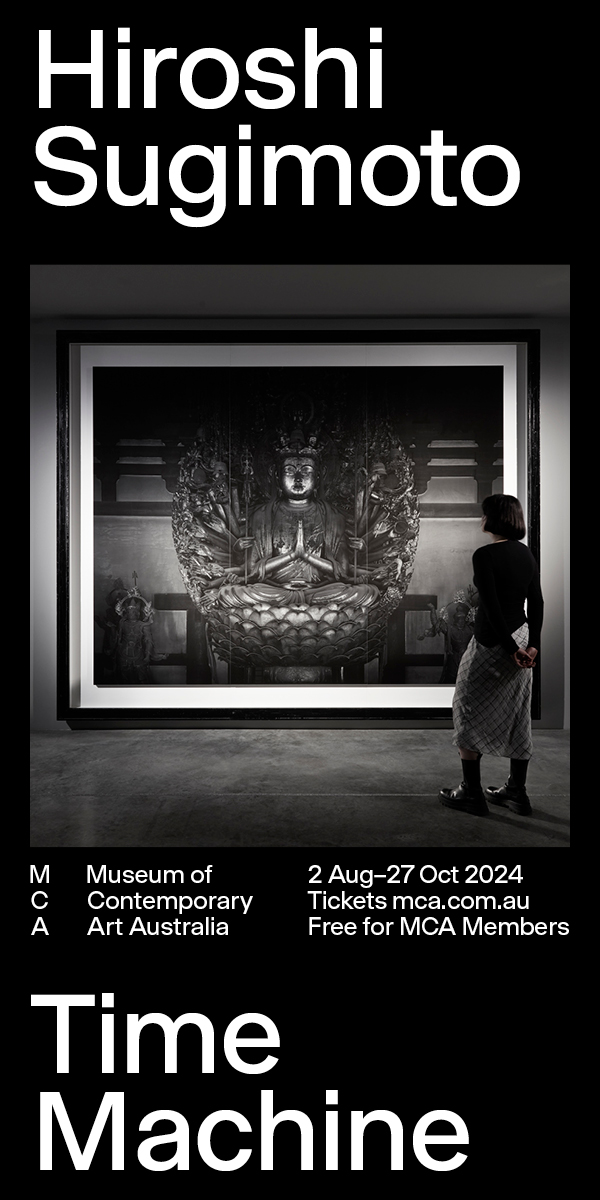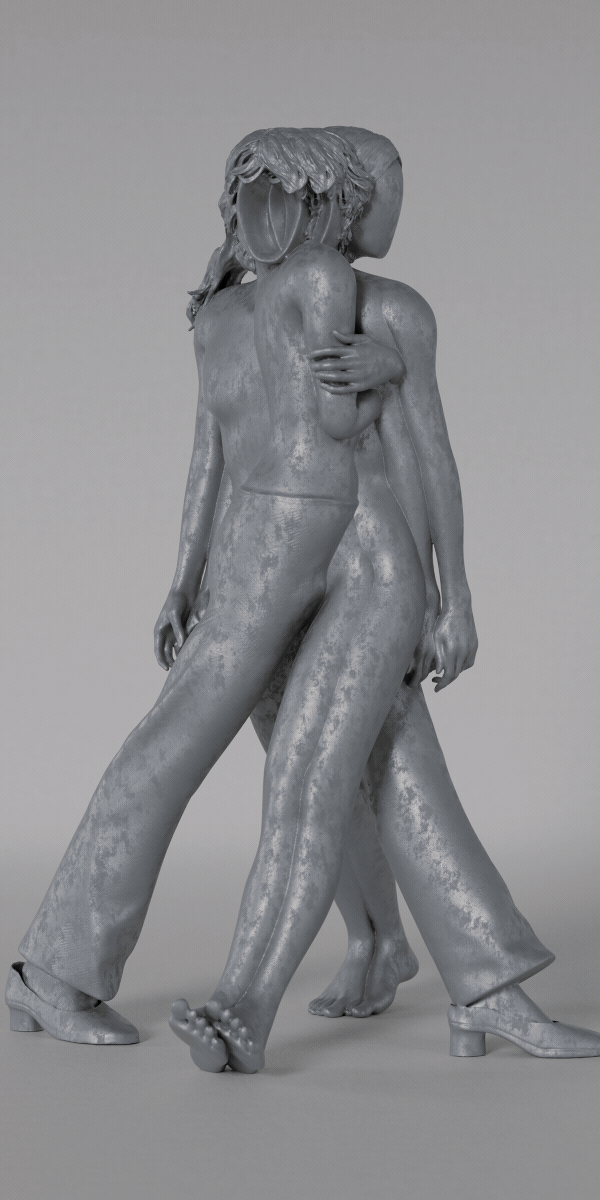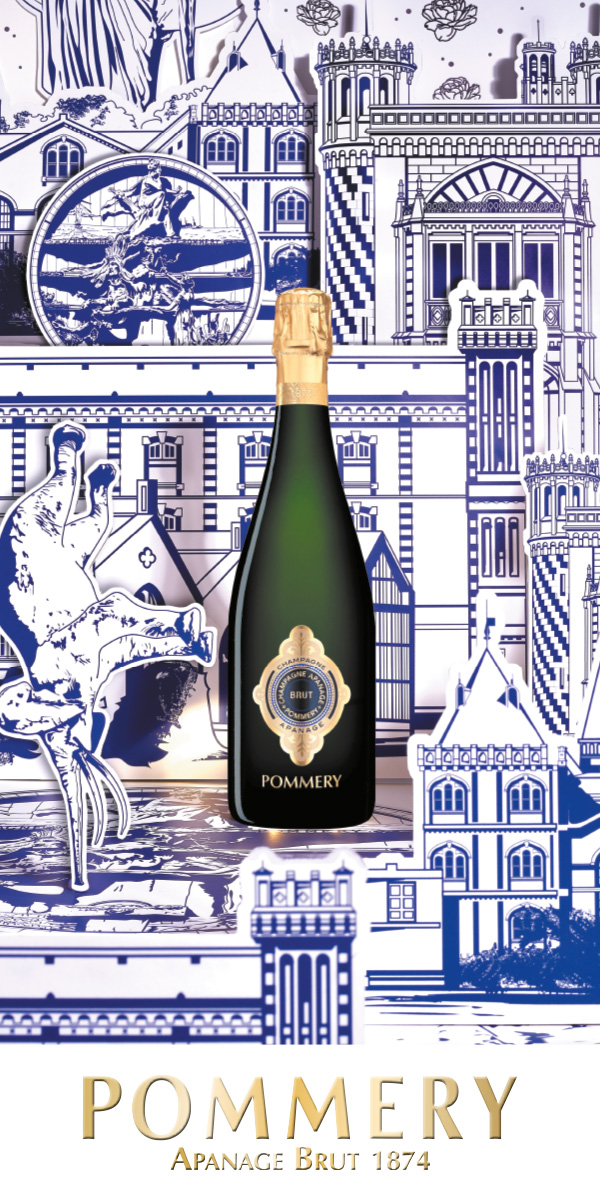The Warhol Lens
A new survey exhibition of Andy Warhol’s photography suggests the artist foreshadowed social media as we know it today.
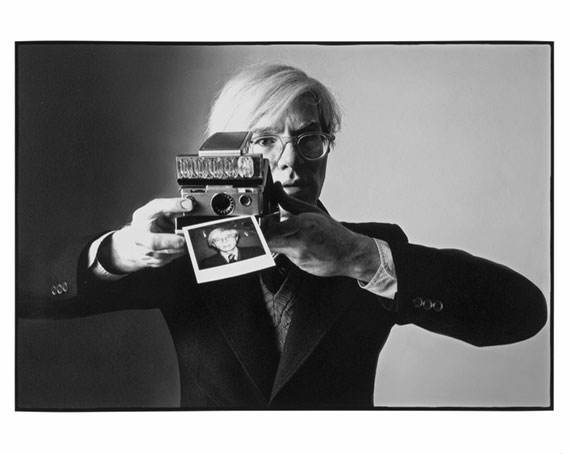
Image credit: Oliviero Toscani, born Milan, Italy 1942, Andy Warhol, 1975, New York, United States of America, pigment print on paper, 32.0 x 46.0 cm (image), 40.0 x 50.0 cm (sheet); Public Engagement Fund 2021, Art Gallery of South Australia, Adelaide, © Oliviero Toscani
Andy Warhol’s screen prints tell only part of the story of his encounters with celebrities. His photographs tell us so much more. Consider the artist’s well-known prints of rocker Mick Jagger, derived from Polaroids taken at Warhol’s beach house in Montauk, New York, in 1975.
The screen prints show just the face of the Rolling Stones’ front man, but the Polaroids also show Jagger’s bare chest, fragments of his arms, torso, legs and knees. “Warhol was trying to entice or encourage Mick Jagger to take all of his clothes off,” says the Art Gallery of South Australia’s senior curator of prints, drawings and photographs, Julie Robinson.
“He was attempting to take some nude photographs of Jagger, but he never got that far. I discovered that another photographer, Annie Leibovitz, was there, and she was photographing Warhol photographing Jagger.”
Five years later, in 1980, one of the Polaroids that Warhol took of Blondie front woman Debbie Harry was turned into a screen print. At the same time, Warhol’s printer and close friend Christopher Makos and Harry’s partner and fellow Blondie member Chris Stein were taking photographs of her. Later that day, the first episode of Andy Warhol’s TV program featured Harry and Stein.
Robinson has spent six years piecing together the exhibition Andy Warhol & Photography: A Social Media, which features as part of the 2023 Adelaide Festival. The show is a narrative that looks at the pop artist anew by concentrating on his photography. Warhol published only two portfolios of photographs in his lifetime, and the flattened surfaces of his Polaroids challenge the idea of what constitutes fine art photography.
“He was always out in social situations, and people often saw him early in the ’70s with his Polaroid camera, or later in the ’70s with what you might call a black-and-white spy camera, taking photos,” explains Robinson. “And yet at the time of his death [in 1987] he hadn’t exhibited much in terms of photography.”
“Somehow the photographs were overshadowed by his other practice. But the exciting thing for us is that we’re including both of those published portfolios.”
The exhibition features more than two hundred and fifty works by Warhol, focusing on his photographs but also including his experimental films and paintings. Also incorporated are additional works by others in his circle, including Makos – who took pictures of Warhol in drag and who will come to Adelaide to speak during the exhibition – as well as Gerard Malanga, Robert Mapplethorpe, David McCabe and Duane Michals.
Curating the exhibition has been a wild ride, even with the fortunate starting point of 45 Warhol photographs in the Art Gallery of South Australia’s own collection, and a treasure trove of some sixty thousand of Warhol’s photographs, many still unprinted but intact on contact sheets, discovered after his death. Warhol, however, was always more interested in moving images over stills. “The hardest part was in the last 12 months, locking the exhibition down, negotiating with multiple lenders, most of them on the other side of the world,” says Robinson.
“In the early years I took multiple trips to America, I visited people and collections. The most valuable time was four weeks spent at The Andy Warhol Museum in Pittsburgh in 2017, looking through their photographic collection and their archives, getting a sense of Warhol’s photographic practice.”
The survey comes with the tagline: “Was Warhol the original influencer?” But I ask Robinson, isn’t this marketing of Warhol selling him short? I tend to think, perhaps unfairly, of today’s social influencers as cheap floggers of product whose talents rarely extend beyond looking pretty and well put-together on social media.
“That is someone else’s quote, not mine,” says Robinson. “But what it does get to, is that the impetus for social media today might be seen in the way Warhol worked with his camera over his career.”
“Today, if you said someone has taken 60,000 photographs you might not blink, because you might have taken 50 photographs yourself that day on your phone, and never printed them out.”
“In the 1970s and ’80s, you spaced out your photography, and you didn’t know what you had captured on a 24 or 36 frame roll of film until you got it back [from the film developer]. Warhol was different. He had a personal obsession with taking photographs.”
Andy Warhol & Photography: A Social Media is at the Art Gallery of South Australia, Adelaide from March 3 to May 14, 2023.
agsa.sa.gov.au
warhol.org
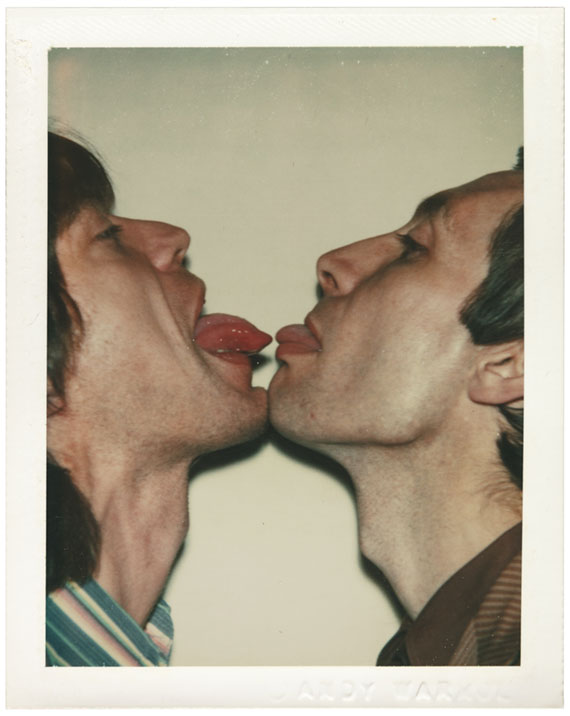
Image credit: Andy Warhol, born Pittsburgh, Pennsylvania 1928, died New York City, New York 1987, Mick Jagger and Charlie Watts (photo shoot for the Rolling Stones ‘Love You Live’ album cover), 1977, New York, Polaroid photograph, 10.8 x 8.6 cm (sheet), 9.5 x 7.3 cm (image); V.B. F. Young Bequest Fund and d’Auvergne Boxall Bequest Fund 2018, Art Gallery of South Australia, Adelaide, © Andy Warhol Foundation for the Visual Arts, Inc. ARS/Copyright Agency

Image credit: Andy Warhol, born Pittsburgh, Pennsylvania 1928, died New York City, New York 1987, Halston at home, New York, no. 7 from the portfolio Photographs, c.1976-79; published 1980, New York, United States, gelatin silver photograph, 42.2 x 29.4 cm (image), 50.5 x 40.8 cm (sheet); James and Diana Ramsay Fund 2020, Art Gallery of South Australia, Adelaide, © Andy Warhol Foundation for the Visual Arts, Inc. ARS/Copyright Agency
This article was originally published in VAULT Magazine Issue 41 (Feb – Apr).
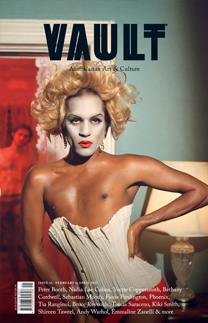
Click here to Subscribe





